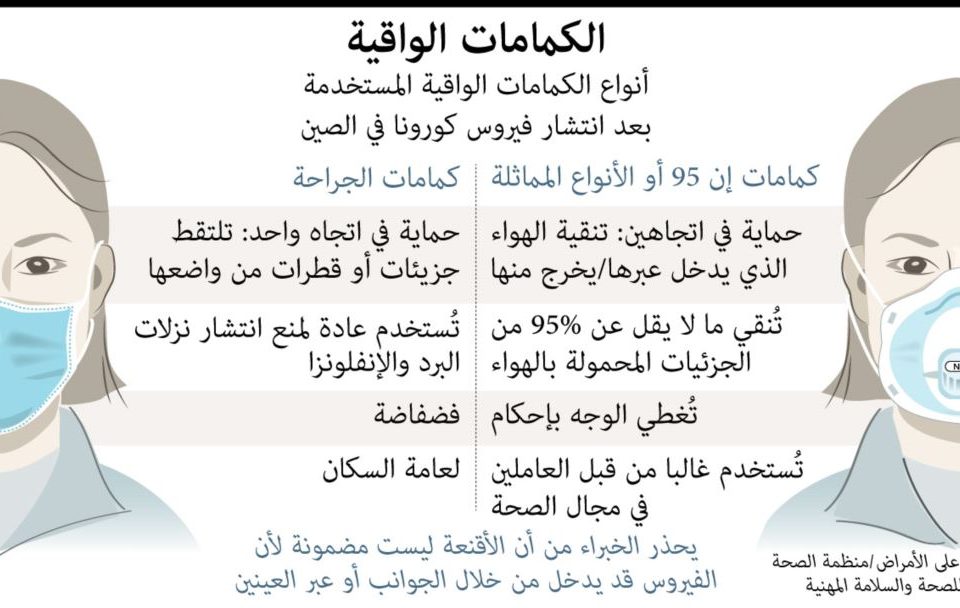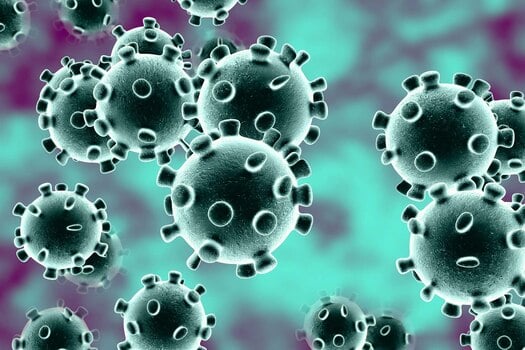
Cold and Flu !
October 31, 2019
Dry skin !
January 27, 2020Anemia
Anemia happens when there is a decreased number of circulating red blood cells in the body. It is the most common blood disorder in the general population. Symptoms can include headaches, chest pains, and pale skin.
Symtoms :
the most common symptom of all types of anemia is a feeling of fatigue and a lack of energy,Other common symptoms may include:
*paleness of skin
*fast or irregular heartbeat
*shortness of breath
*chest pain
*headache
Causes
*Anemia caused by blood loss
The most common type of anemia—iron deficiency anemia—often falls into this category. It is caused by a shortage of iron, most often through blood loss.
*Anemia caused by decreased or faulty red blood cell production
Bone marrow is a soft, spongy tissue found in the center of bones. It is essential for the creation of red blood cells. Bone marrow produces stem cells, which develop into red blood cells, white blood cells, and platelets.
A number of diseases can affect bone marrow, including leukemia, where too many abnormal white blood cells are produced. This disrupts normal production of red blood cells.
Other anemias caused by decreased or faulty red blood cells include:
Sickle cell anemia: Red blood cells are misshapen and break down abnormally quickly. The crescent-shaped blood cells can also get stuck in smaller blood vessels, causing pain.
Iron-deficiency anemia: Too few red blood cells are produced because not enough iron is present in the body. This can be because of a poor diet, menstruation, frequent blood donation, endurance training, certain digestive conditions, such as Crohn’s disease, surgical removal of part of the gut, and some foods.
Aplastic anemia: occurs when few or no stem cells are present. Thalassemia occurs when red blood cells cannot grow and mature properly.
Vitamin deficiency anemia: Vitamin B-12 and folate are both essential for the production of red blood cells. If either is deficient, red blood cell production will be too low. Examples include megaloblastic anemia and pernicious anemia.
*Anemia caused by the destruction of red blood cells
Red blood cells typically have a life span of 120 days in the bloodstream, but they can be destroyed or removed beforehand.
One type of anemia that falls into this category is autoimmune hemolytic anemia, where the body’s immune system mistakenly identifies its own red blood cells as a foreign substance and attacks them.
Diagnosis
There are different ways to diagnose anemia, but the most common is a blood test known as a complete blood count (CBC).





